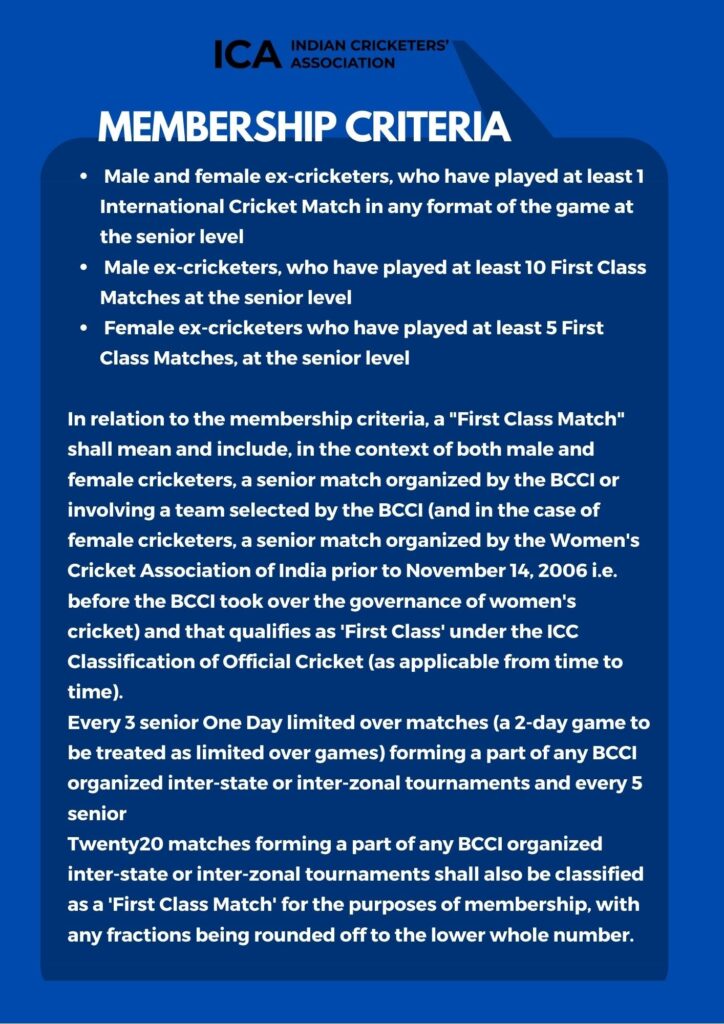INDIAN CRICKET JUST NEEDS ONE CAPTAIN
By: Yajurvindra Singh
Email: sunnybilkha@hotmail.com
February 6, 2023: Indian cricket is going through a phase where captains are emerging like never before. The packed Indian cricket itinerary is definitely a major factor. The Indian team, because of its tremendous following, is one that every country aspires to play against. (Alprazolam) The commercial success of the matches played with or against India is hugely beneficial to all concerned.
The Indian cricket team is a side in full throttle, taking on the cricket wave of a continuous nonstop schedule with untiring responsibility. The only disadvantage that seems to rock them is when they are needed most, their engine seems to stutter. Excessive cricket, leading to tiredness and fatigue becomes the perennial excuse and with time, the dismal performance is put to rest and forgotten.
Indian cricket is beaming with talented cricketers who seem to follow a very popular saying: “Some clouds bring rain and some just pass by.” The number of cricketers in the recent past who have adorned the India cap, even for a well-versed cricket follower, would be difficult to remember or recollect. There have been so many of them, which either should have led to a blossoming of Indian cricket with trophies or made them into a unit that seems impregnable. However, this has not yet happened, although one has seen the potential of its possibility through the regular wins that the Indian cricket team has accomplished in Bi-lateral series.
Similarly, for the stream of new Indian cricket recruits, the most important area of concern is the flow of captains who have led India in the three formats of the game. One wonders whether in the highly professional set up at present of a cricket team, the coach and his support staff are the center figures in leading and controlling the squad? The captain seems to be the executive implementing the plans that have been nurtured off the field rather than on it. Leadership in every field of operation, whether in business or sports needs to have a consistent head, who needs to have the ability to dream, motivate and think ahead. In cricket, the captain is looked upon as one who will lead, manoeuvre and control one’s band of players. For one to be able to do so, the team needs to understand, have faith, belief and accept the captain’s actions fully. This confidence only comes through with players having a secure leader, one who will stand by the player through thick and thin.
Unfortunately, in the recent years India has had 10 different individuals as captains. After the resignation of Virat Kohli, Indian cricket is in a dilemma whether to have 3 different captains for the 3 versions of the game.
Captaincy is of foremost importance in Test cricket. The team can only win by taking 20 wickets and for this one needs to have a strategic thinker as a leader. Indian cricket in its very early days struggled to identify one till Nawab of Pataudi Jr, ‘ Tiger’ came on to the scene. He brought about a cultural change in the mind-set of an Indian cricketer. Thereafter, the captaincy seemed to rest on the shoulders of players who were icons and ones who had performed superbly.
The major change one felt came about in the early 21st century was when Saurav Ganguly took over the captaincy. He was instrumental in establishing a side that combined the young with the established ones and looked at a side that believed in their abilities. India, under him, became a force to reckon with.
The advent of T20 cricket and its growing popularity changed the very structure in the thought process of a cricket captain. Mahendra Singh Dhoni emerged as the messiah, whose aggressive but thoughtful analysis and superb temperament made India into a world beating side.
In 2011, India won the World Cup and also became the numero uno side in Test cricket.
In the last 2 decades, Ganguly and Dhoni are two good examples of the importance of a good leader. Indian cricket was expected to become the next powerhouse of world cricket after 2012, in the same way that the West Indies and the Australians did earlier.
India, although rated well in all the formats of the game, however, failed to live up to its billing in the major tournaments organised by the ICC.
Virat Kohli was given the task to lead India out of this slumber and unfortunately, this did not materialize on the big stage. Since then Rohit Sharma had taken over the reins but has still not looked entirely comfortable with the responsibilities thrusted on him. His fitness has been an issue. Furthermore, he has also taken time off and the result is that he now looks like a leader who has still to establish himself.
Indian culture over the years has shown that an Indian looks up to a ruler or a single leader more than having a multiple change of leadership.
The continuous rotation of captaincy being faced by the Indian cricket side will lead to players feeling unsettled. There is that wee bit of extra confidence that a captain has about certain players. This is because he often believes in one particular person. A team too gels into a captain’s way of thinking. Therefore, having changes in the leadership brings about a different approach that could lead to confusion and uncertainty.
The chopping and changing of players has already led to the Indian side’s disappointing performances when it counts. India needs a leader who can command the side in all forms of the game. One single leader, who leads from the front and has the personality and aura to do so, should be chosen.
Rohit Sharma needs to develop that belief, whereas, KL Rahul, Rishabh Pant, Jasprit Bumrah and Hardik Pandya are on the wings. Indian cricket needs to take a final call.
One captain for all the formats!
(Yajurvindra Singh is a former Test cricketer. Views expressed are personal.)

